Blog

Tesla Unveils Fastest Car and Semi Truck
At the point when Tesla disclosed a fresh out of the box new Roadster, it noticed that the vaunted 1.9-second 0-60MPH time was available in the base model - suggesting that there may be headroom for much higher execution. Be that as it may, right? Evidently, yes. Elon Musk has illuminated that there will be an "exceptional choices bundle" that conveys the Roadster's speed to "the following level." It's ambiguous, no doubt (does this incorporate Organizers Version models?), yet it indicates that what Tesla cited wasn't really as well as could be expected gather. It's simple for Tesla to make these guarantees when the principal Roadsters ... Read more
Posted on November 2017,20
// Author: Admin
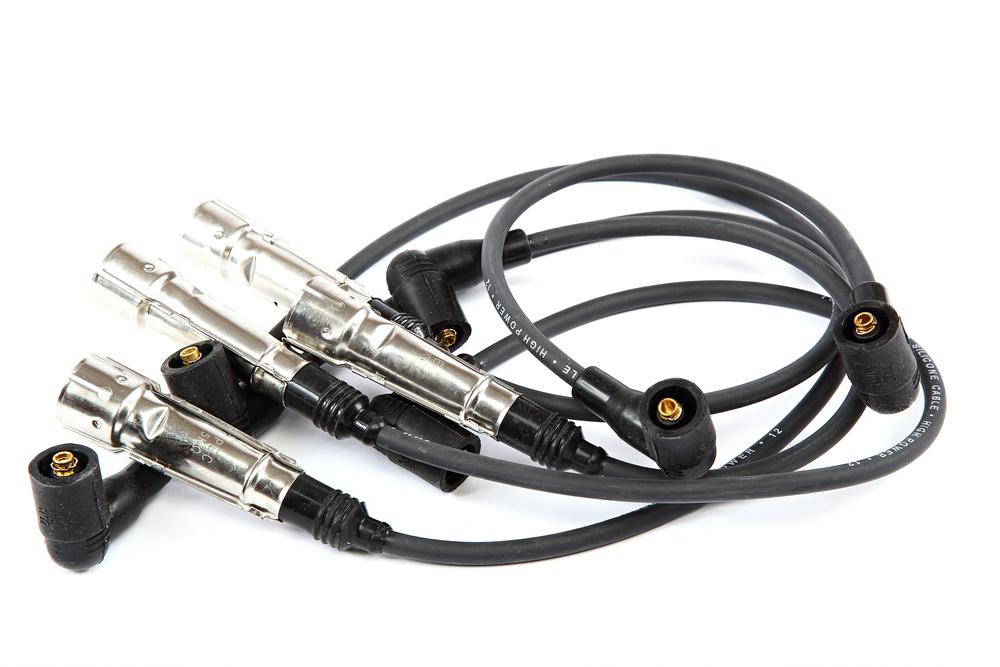
Symptoms of a Bad or Failing Ignition Coil
Ignition coils are an electronic engine management component that are a part of the vehicle’s ignition system. The ignition coil functions as an induction coil that converts the vehicle’s 12 volts into the several thousand that are required to jump the spark plug gap and ignite the engine’s air-fuel mixture. Some ignition systems will use one coil to provide the spark for all of the cylinders, however most newer designs use an individual coil for each cylinder.
1. Engine misfires, rough idle, and loss of power
One of the most common symptoms associated with a faulty ignition coil is engine performance i... Read more
Posted on November 2017,16
// Author: Admin
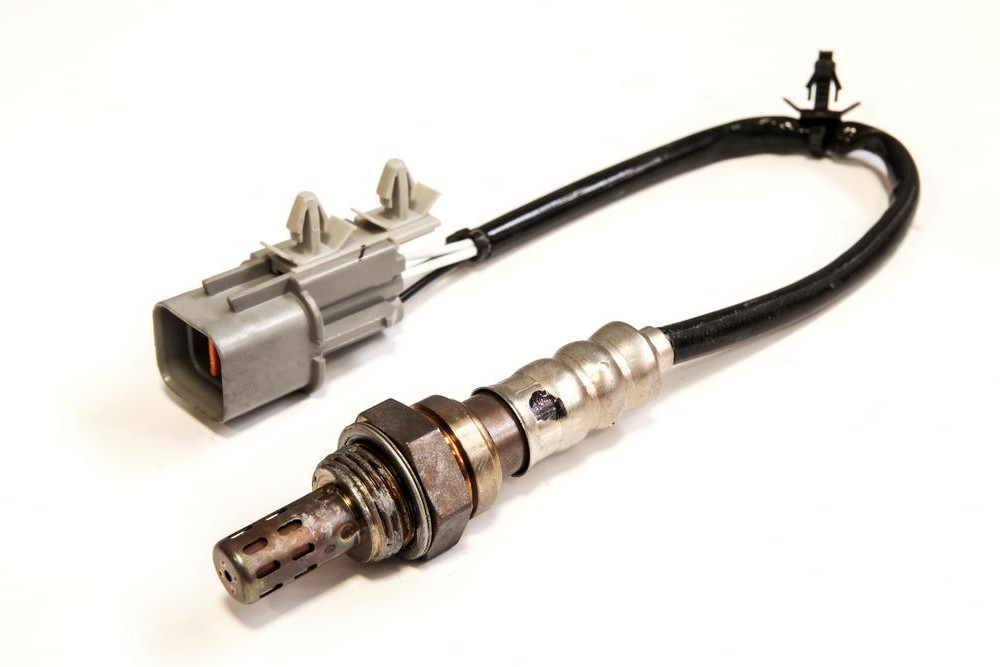
Symptoms of a Bad or Failing Oxygen Sensor
1. Check Engine Light comes on
The first line of defense is the Check Engine Light. The Check Engine Light will illuminate if you have a bad or failing oxygen sensor. As soon as this light comes on, contact a professional automotive technician for a Check Engine Light inspection.
2. Bad gas mileage
If the oxygen sensor is going bad, the fuel-delivery and fuel-combustion systems will be thrown off. If a bad oxygen sensor disrupts the air to fuel ratio mixture, or too much fuel is injected into the engine, your vehicle's gas mileage will be reduced.
3. Rough engine idle and misfires
As your oxygen s... Read more
Posted on November 2017,15
// Author: Admin
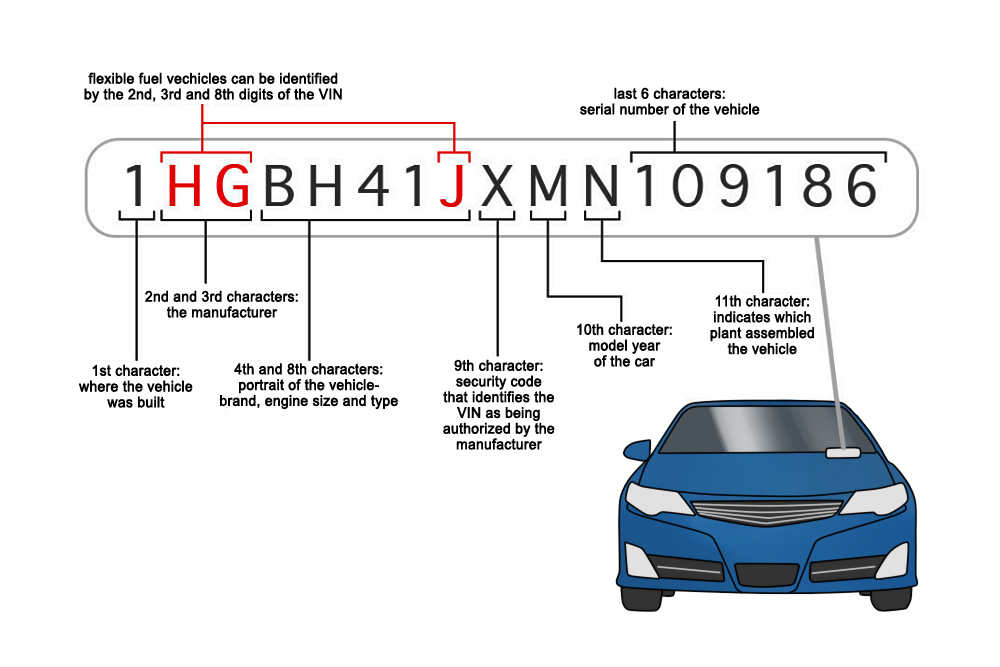
3 Essential Things to Know About Your VIN Number
Every vehicle on the road today has a VIN, or Vehicle Identification Number, but very few people understand these numbers or how they are devised. They serve as a fingerprint for your car, and no two vehicles currently in operation are allowed to have the same VIN. The VIN is made up a combination of digits and capital letters and is 17 characters long that act as a vehicle’s unique identifier sharing details such as specifications, manufacturer, and unique features. The VIN provides a way for the manufacturer and owners to track warranty claims, registrations, recalls, thefts, and insurance coverage.
Where the VIN is loca... Read more
Posted on November 2017,14
// Author: Admin
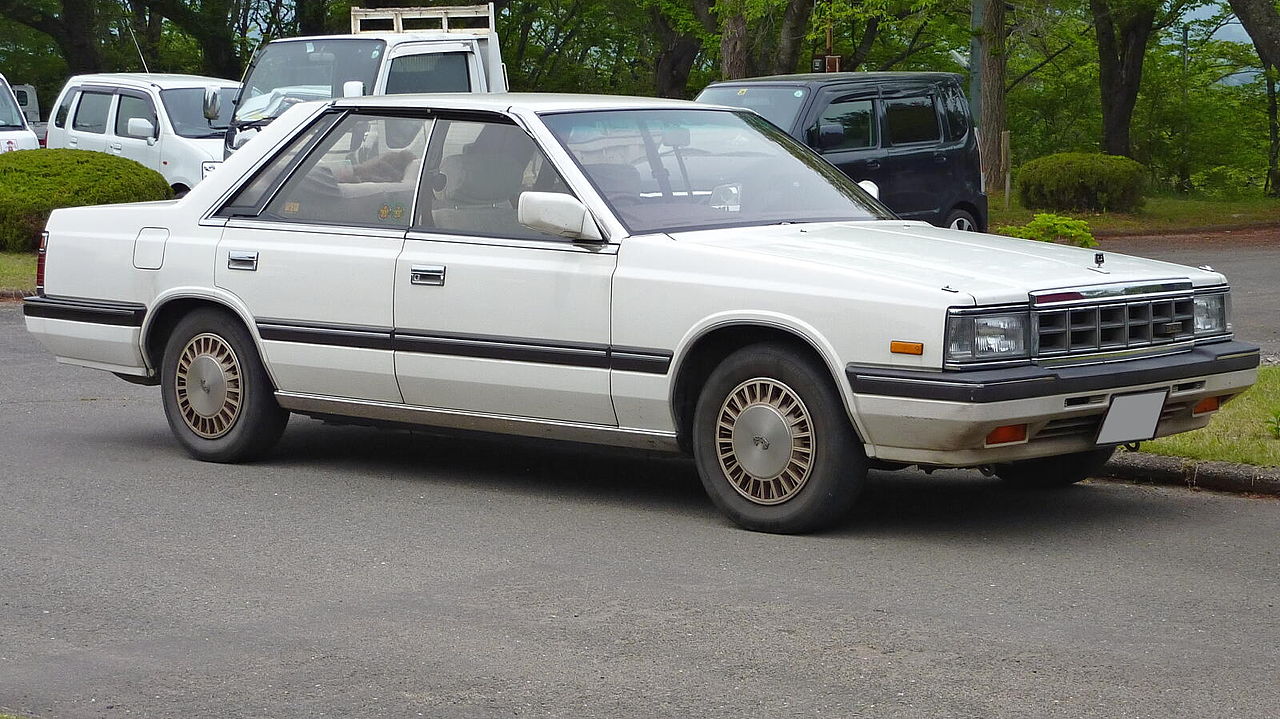
Throwback Thursday: Nissan Laurel C32
The Nissan Laurel is a front-engine, rear-drive two- and four-door sedan manufactured and marketed by Nissan from 1969 to 2002. Introduced in 1968 as a new model positioned above the 1968 Datsun Bluebird 510, the Laurel offered the luxury of the Nissan Cedric 130 in a smaller size.
The first Laurel was developed by the Nissan Tsurumi R&D Division and assembled at the Musashimurayama Plant of the former Prince Motor Company in 2-door and 4-door variants. Released as a Nissan after Prince merged with Nissan, Laurels shared many components and architectures with the Skyline range. The Laurel was not marketed new in Japan at Nis... Read more
Posted on November 2017,09
// Author: Admin
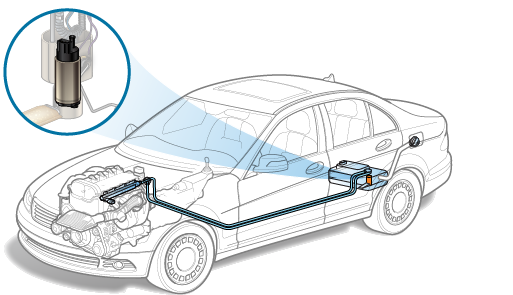
Why Fuel Pump Replacements Can Be Tricky
Fuel pumps are designed to transfer fuel from the fuel tank to the engine fuel management system. Fuel pumps only create flow from the tank to the fuel rail. However, the size of the lines and restrictions cause the fuel to create pressure.
When the fuel pressure is low, the symptoms are that either a fuel pump if failing or a fuel filter is clogged up.
Most of the time fuel filters get plugged due to lack of maintenance. Most people don’t realize that the fuel filter needs replaced due to the mineral deposits drawn into the fuel tank when fueling at a gas station.
Most modern vehicles today have a fuel fil... Read more
Posted on November 2017,08
// Author: Admin
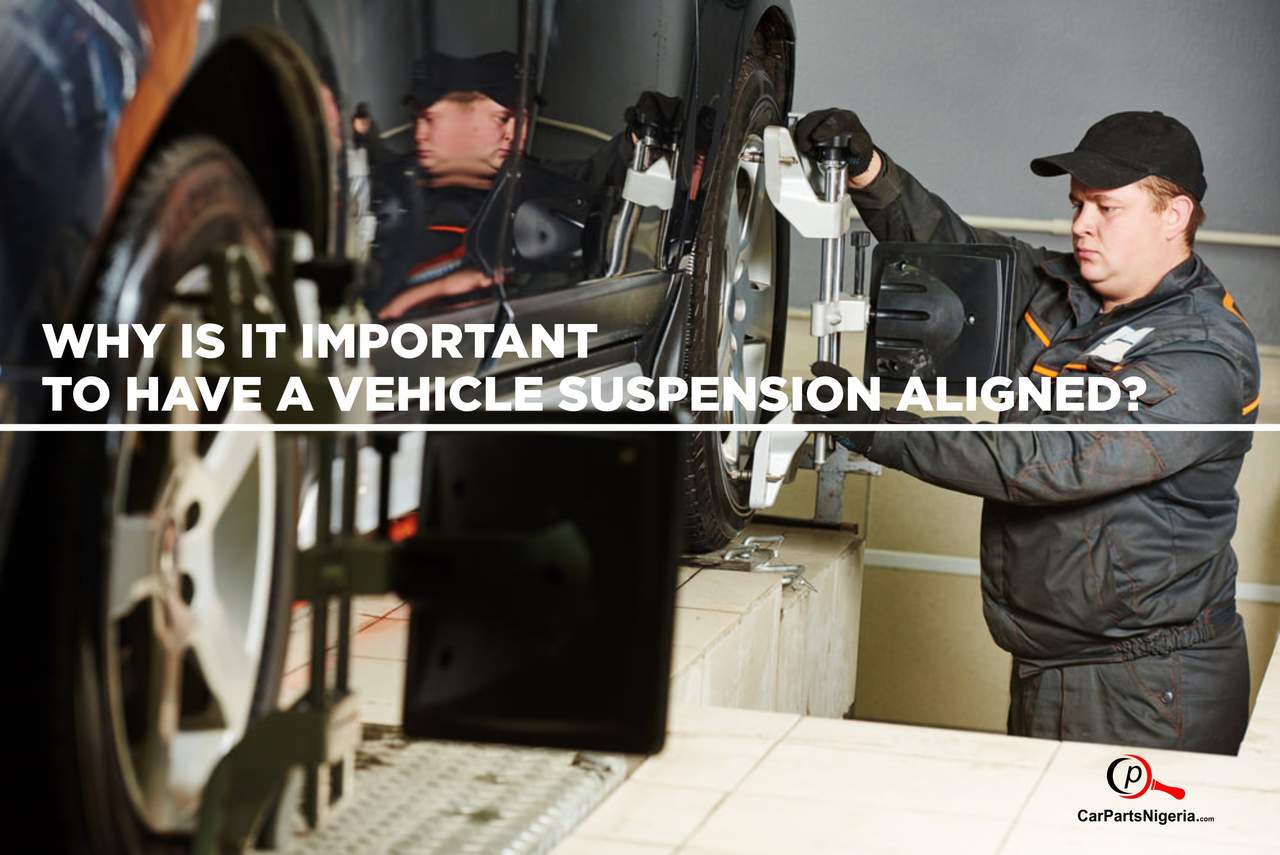
Why Is It Important to Have a Vehicle's Suspension Aligned?
If you notice changes in your vehicle’s handling or steering, you may need an alignment. First check to ensure that the tires are properly inflated, and if they are or if inflating them properly doesn’t fix the problem, an alignment may be in order.
Any time you have new tires installed, getting an alignment is a good idea. This is particularly important when changing to a different brand or model of tire, and it’s definitely necessary when changing wheel sizes.
If the vehicle is in an accident, even one that doesn’t seem very serious, or if you hit an obstacle hard with one or more of the wheels,... Read more
Posted on November 2017,07
// Author: Admin
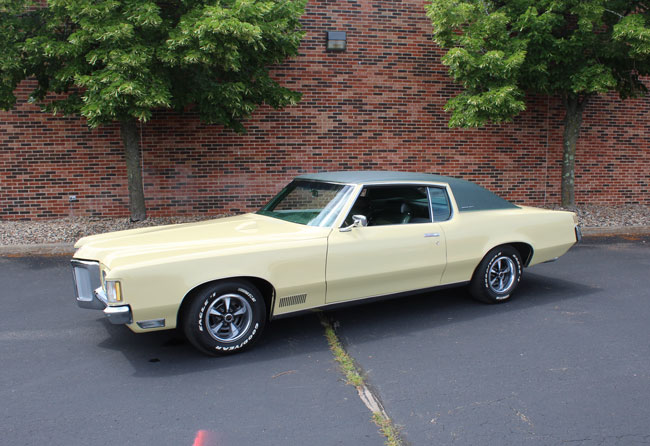
Throwback Thursday: 1970 Pontiac Grand Prix
Vertical grille inserts replaced the horizontal bars of the 1969, movement of "Grand Prix" nameplates from the lower cowls to the rear C-pillars and the vertical chromed louvers from the C-pillars down to the lower cowls, highlighted the 1970 Grand Prix. The optional 428 cu in (7.0 L) V8 rated at 370 and 390 hp (290 kW) in 1969 was replaced by a new 370 hp (280 kW) 455 cu in (7.5 L) with 500 lb·ft (680 N·m) of torque at 3,100 rpm. The base 350 hp 400 cu in (6.6 L) engine was still standard, but a low-compression 400 CID engine was available with a two-barrel carburetor. An automatic transmission was offered as a no cost op... Read more
Posted on November 2017,02
// Author: Admin
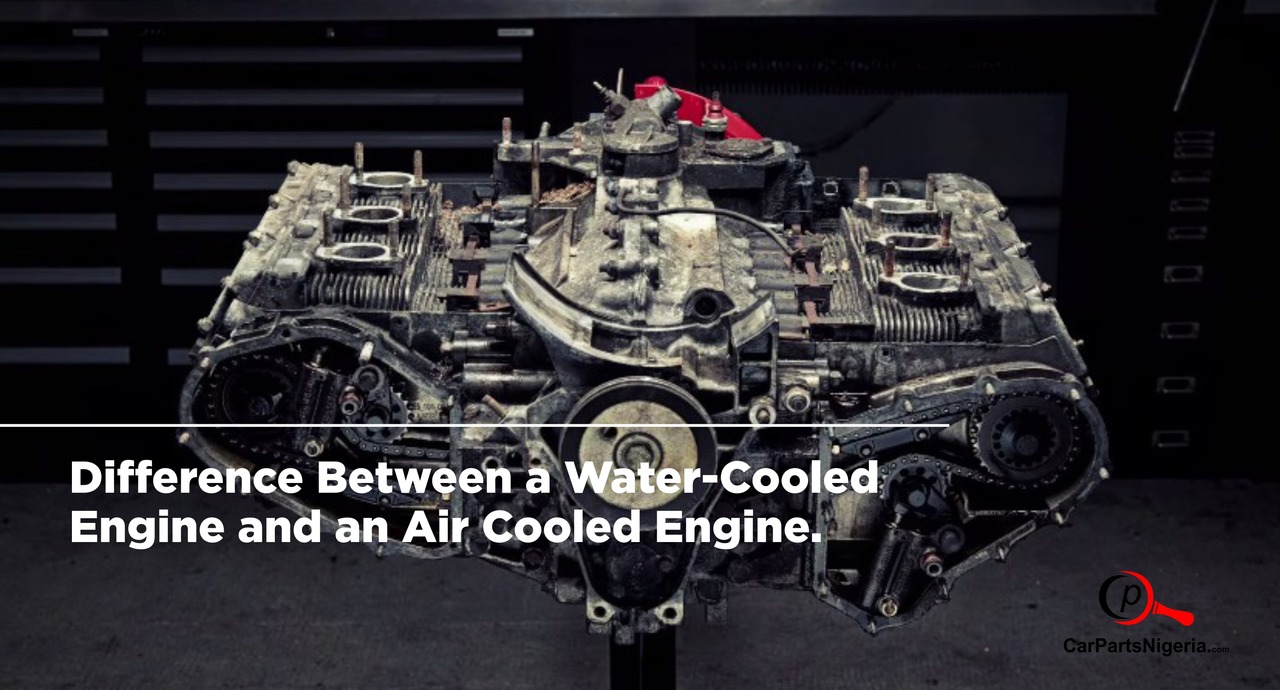
Difference Between a Water-Cooled Engine and an Air-Cooled Engine
There are a few main differences between a water-cooled and air-cooled engine.
Air-cooled engines utilize an engine cylinder design that incorporates cooling fins all the way around the cylinder and on top of the piston cylinder head. These fins draw heat away from the cylinder and radiate away the heat. As the vehicle is being driven, the air is directed over the fins to dissipate even more heat. Some vehicles may incorporate a belt driven or electric fan to blow across the fins to assist in keeping the engine cool. Some engines use the hot air off of the engine to heat the interior of the passenger compartment. Engines that ar... Read more
Posted on November 2017,01
// Author: Admin
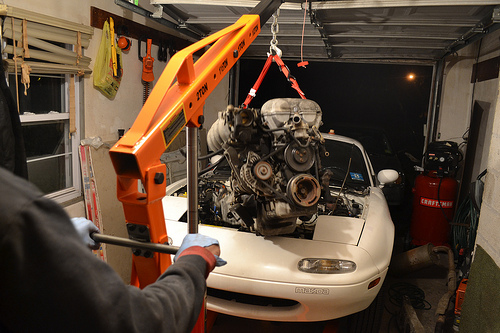
What Happens When an Engine is Rebuilt
A rebuilt engine involves removing the engine from the vehicle and completely disassembling it from what's commonly referred to as "carb to pan". This is an older description when engines had carburetors instead of fuel injection systems they have now, so today it would be referred to as "Injector to Pan," with the pan being the oil pan. Once the engine has been disassembled, cleaned, and inspected, all damaged parts are replaced with new or refurbished replacement parts. All new gaskets, seals, and lubricants are used in the assembly of the rebuilt engine that will meet OEM standards.
The most common components to be replaced i... Read more
Posted on October 2017,26
// Author: Admin